Filter by
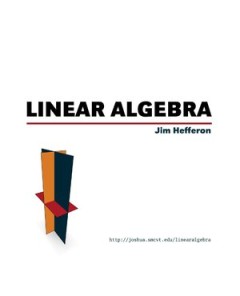
Linear Algebra
This book has the standard content of a course for science, math and engineering students that follows calculus. A semester of calculus is the explicit prerequisite, but most students would have three semesters of calculus and for them some of the beginning sections of the book can be skipped. Each chapter ends with three or four applications of that chapter’s subject.From the author’s desc…
- Edition
- -
- ISBN/ISSN
- -
- Collation
- -
- Series Title
- -
- Call Number
- -
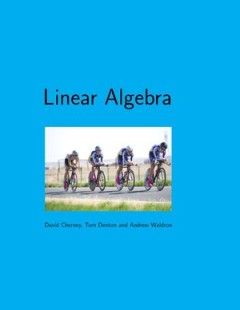
Linear Algebra
We believe the entire book can be taught in 25 50-minute lectures to a sophomore audience that has been exposed to a one year calculus course. Vector calculus is useful, but not necessary preparation for this book, which attempts to be self-contained. Key concepts are presented multiple times, throughout the book, often first in a more intuitive setting, and then again in a definition, theorem,…
- Edition
- -
- ISBN/ISSN
- -
- Collation
- -
- Series Title
- -
- Call Number
- -
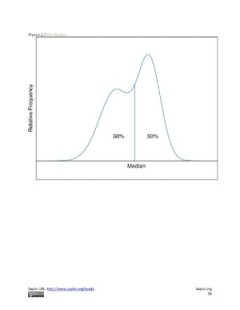
Introductory Statistics
In many introductory level courses today, teachers are challenged with the task of fitting in all of the core concepts of the course in a limited period of time. The Introductory Statistics teacher is no stranger to this challenge. To add to the difficulty, many textbooks contain an overabundance of material, which not only results in the need for further streamlining, but also in intimidated s…
- Edition
- -
- ISBN/ISSN
- -
- Collation
- -
- Series Title
- -
- Call Number
- -
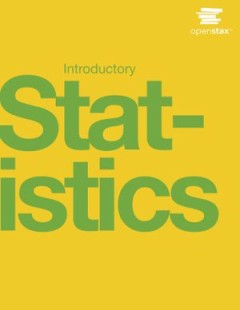
Introductory Statistics
Introductory Statistics follows the scope and sequence of a one-semester, introduction to statistics course and is geared toward students majoring in fields other than math or engineering. This text assumes students have been exposed to intermediate algebra, and it focuses on the applications of statistical knowledge rather than the theory behind it. The foundation of this textbook is Collabora…
- Edition
- -
- ISBN/ISSN
- -
- Collation
- -
- Series Title
- -
- Call Number
- -
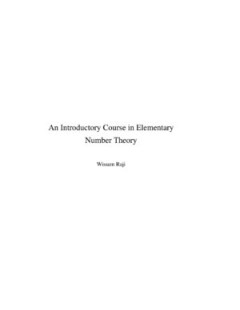
An Introductory Course in Elementary Number Theory
These notes serve as course notes for an undergraduate course in number theory.Most if not all universities worldwide offer introductory courses in numbertheory for math majors and in many cases as an elective course.The notes contain a useful introduction to important topics that need to be addressedin a course in number theory. Proofs of basic theorems are presented inan interesting and compr…
- Edition
- -
- ISBN/ISSN
- -
- Collation
- -
- Series Title
- -
- Call Number
- -
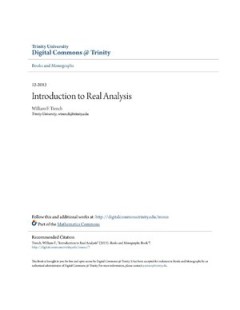
Introduction to Real Analysis
From an instructor who recently used this book: “I found it mathematically sound, well organized and very instructive for a good upper division undergraduate class. In particular, the exercise sets are well thought out and both the proofs and the narrative speak well to that level of student without sacrificing any rigor.”The first half of the book covers functions of a single variable and …
- Edition
- -
- ISBN/ISSN
- -
- Collation
- -
- Series Title
- -
- Call Number
- -
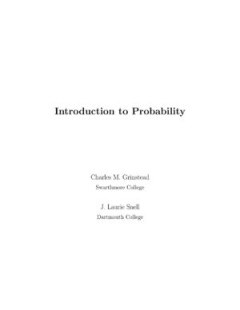
Introduction to Probability
Probability theory began in seventeenth century France when the two great French mathematicians, Blaise Pascal and Pierre de Fermat, corresponded over two problems from games of chance. Problems like those Pascal and Fermat solved continued to influence such early researchers as Huygens, Bernoulli and DeMoivre in establishing a mathematical theory of probability. Today, probability theory is a …
- Edition
- -
- ISBN/ISSN
- -
- Collation
- -
- Series Title
- -
- Call Number
- -
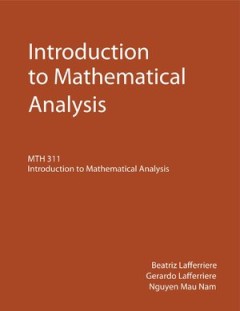
Introduction to Mathematical Analysis
Our goal with this textbook is to provide students with a strong foundation in mathematical analysis. Such a foundation is crucial for future study of deeper topics of analysis. Students should be familiar with most of the concepts presented here after completing the calculus sequence. However, these concepts will be reinforced through rigorous proofs.The textbook contain topics of real analysi…
- Edition
- -
- ISBN/ISSN
- -
- Collation
- -
- Series Title
- -
- Call Number
- -
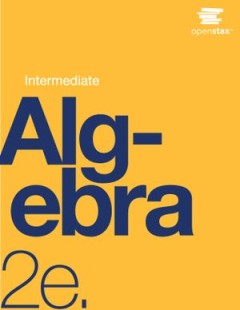
Intermediate Algebra 2e
Intermediate Algebra 2e is designed to meet the scope and sequence requirements of a one-semester intermediate algebra course. The book’s organization makes it easy to adapt to a variety of course syllabi. The text expands on the fundamental concepts of algebra while addressing the needs of students with diverse backgrounds and learning styles. The material is presented as a sequence of clear…
- Edition
- -
- ISBN/ISSN
- 9781951693244
- Collation
- -
- Series Title
- -
- Call Number
- -
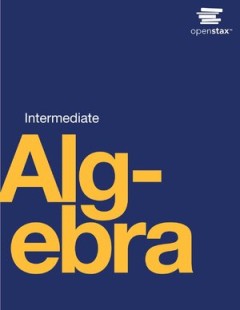
Intermediate Algebra
Intermediate Algebra is designed to meet the scope and sequence requirements of a one-semester intermediate algebra course. The book’s organization makes it easy to adapt to a variety of course syllabi. The text expands on the fundamental concepts of algebra while addressing the needs of students with diverse backgrounds and learning styles. The material is presented as a sequence of clear st…
- Edition
- -
- ISBN/ISSN
- -
- Collation
- -
- Series Title
- -
- Call Number
- -
 Computer Science, Information & General Works
Computer Science, Information & General Works  Philosophy & Psychology
Philosophy & Psychology  Religion
Religion  Social Sciences
Social Sciences  Language
Language  Pure Science
Pure Science  Applied Sciences
Applied Sciences  Art & Recreation
Art & Recreation  Literature
Literature  History & Geography
History & Geography